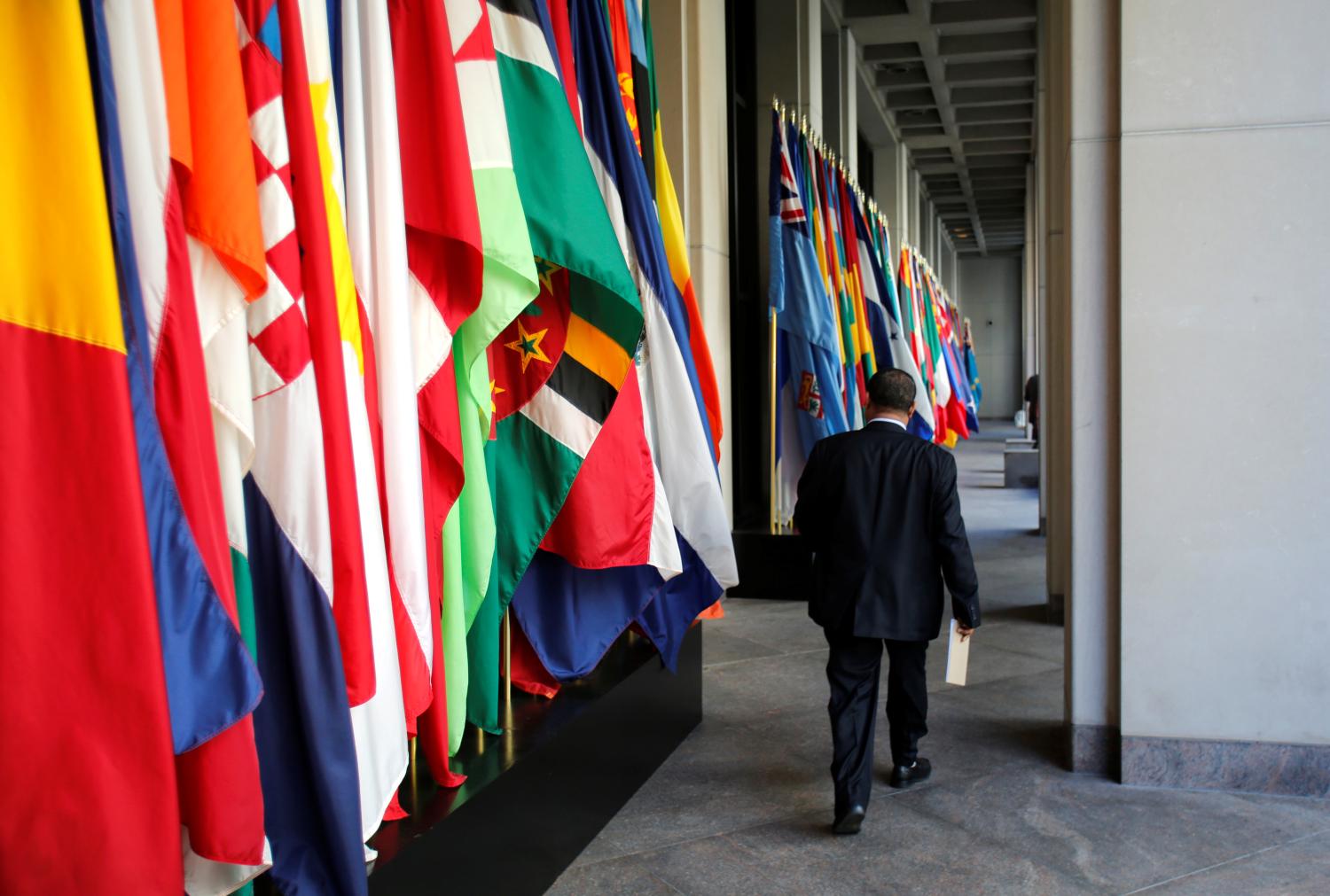View an updated version, published by World Development, Vol. 37, No. 1, 2009.
INTRODUCTION
One of the centerpieces of foreign aid efforts in the new millennium has been the effort to attain seven Millennium Development Goals (MDGs) for developing countries by the year 2015, representing progress on a range of economic and social indicators. These goals were first agreed at a summit of virtually all world leaders at the United Nations (UN) in 2000, and they have since occupied a great deal of the attention of the UN, World Bank, International Monetary Fund, and bilateral aid agencies in their dealing with low-income countries.
The world as a whole will meet most of the goals, as will most regions. However, the MDG campaign has emphasized the failure of Sub-Saharan Africa compared to other regions. Those involved in the MDG effort have been virtually unanimous that Sub-Saharan Africa stands out in that it will not meet ANY of the goals, as the following quotes attest:
“Africa…is the only continent not on track to meet any of the goals of the Millennium Declaration by 2015.”
(UN World Summit Declaration, 2005)“in Africa… the world is furthest behind in progress to fulfill [the MDGs]…Africa is well behind target on reaching all the goals.” (Blair Commission for Africa 2005)
“Sub-Saharan Africa, which at current trends will fall short of all the goals.” (p. xi, foreword by James Wolfensohn and Rodrigo de Rato, World Bank and IMF Global Monitoring Report 2005)
“Sub-Saharan Africa, most dramatically, has been in a downward spiral of AIDS, resurgent malaria, falling food output per person, deteriorating shelter conditions, and environmental degradation, so that most countries in the region are on a trajectory to miss most or all of the Goals… The region is off track to meet every Millennium Development Goal.” (p. 2, 19 UN Millennium Project, Investing in Development, Main Report, 2005)
“At the midway point between their adoption in 2000 and the 2015 target date for achieving the Millennium Development Goals, sub-Saharan Africa is not on track to achieve any of the Goals.” (United Nations, Africa and the Millennium Development Goals, 2007)
“However, at the mid point of the Millennium Development Goals (MDGs), sub-Saharan Africa is the only region which, at current rates, will meet none of the MDG targets by 2015.” Africa Progress Panel (follow-up to Blair Commission for Africa, communiqué, 2007)
The World Bank makes the same point graphically in figures displayed prominently on its MDG website as of July 2007, shown as Figure 1. Similar pictures are shown in the Global Monitoring Report 2007 by World Bank and IMF, showing Africa to be more off-track than other regions.
This paper argues that the MDGs are poorly and arbitrarily designed to measure progress against poverty and deprivation, and that their design makes Africa look worse than it really is. The paper does not argue that Africa’s performance is good in all areas, only that its relative performance looks worse because of the particular way in which the MDG targets are set.
Measuring social and economic progress is not at all as straightforward as the discussion of the MDGs makes it seem. Setting targets in a particular way will make some regions look better and others look worse depending on a number of choices that any target-setting exercise must make. These choices include the following:
- Choice of benchmark year
- Linear vs. nonlinear relationships with time or per capita income
The Brookings Institution is committed to quality, independence, and impact.
We are supported by a diverse array of funders. In line with our values and policies, each Brookings publication represents the sole views of its author(s).



